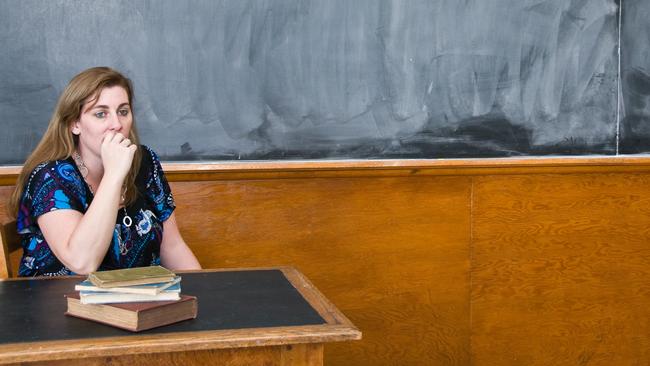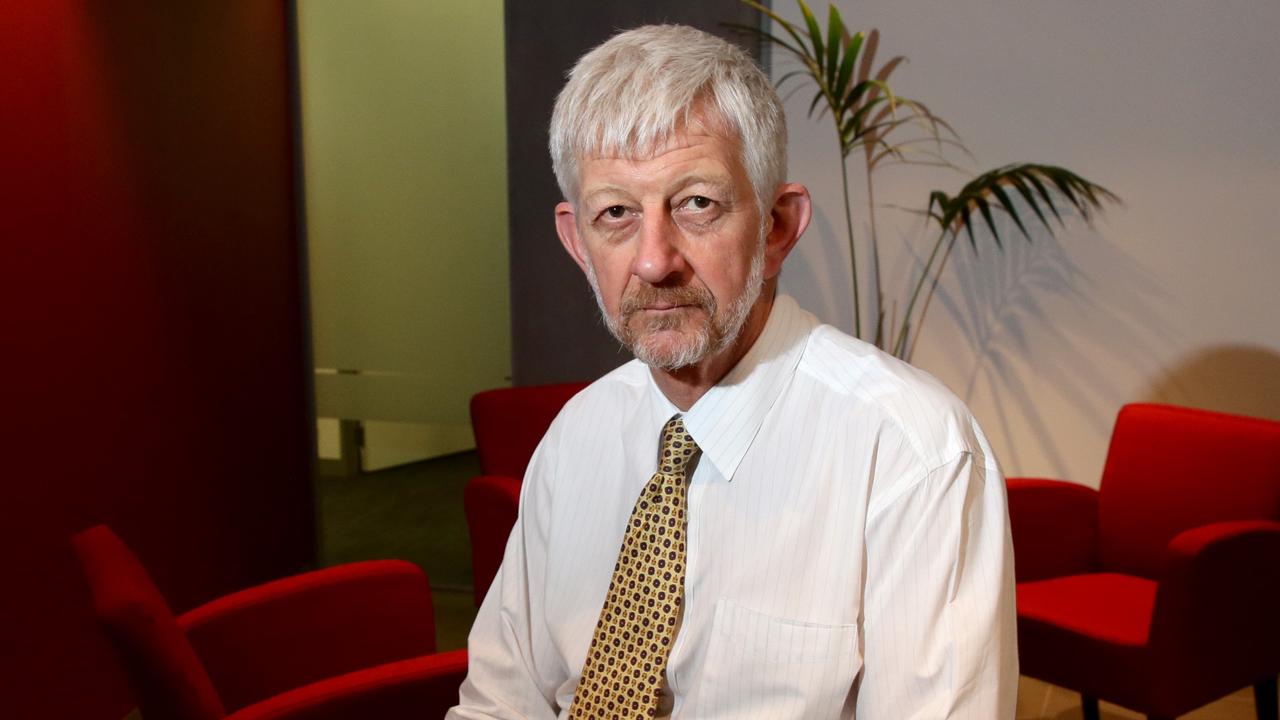Australian teachers feel so unsafe they want to leave profession, study finds
A quarter of teachers feel unsafe at work in large part because of physically violent students and volatile parents, with most of them considering leaving the profession, a study has found.

A quarter of teachers feel unsafe at work in large part because of physically violent students and volatile parents, with most of them considering leaving the profession in what could be further exacerbating a nationwide teacher shortage, a study has found.
Many teachers describe feeling unsafe due to assaults on themselves or other students, with one school leader saying they had been “punched, kicked, slapped, bitten, pinched, and spat on”, had furniture, school equipment, rocks and bricks thrown at them, and had to remove “scissors, knives, and a thick metal chain off escalated students”.
The national survey results, published in the Journal of School Violence, asked more than 8200 teachers to answer “yes” or “no” to the question: “Do you feel safe at school?”.
The number of teachers who feel unsafe appears to be on the rise, with almost 19 per cent in 2019 and 24.5 per cent in 2022.
More than 82 per cent of those teachers who answered “no” in 2022 either intended to leave or were considering leaving the profession, compared to 70 per cent of those who answered “yes” – also a substantial rise from 2019.
Many teachers said they didn’t feel safe because they had been verbally-abused and threatened, and experienced “aggressive, manipulative and unpredictable” students who had “the support of their parents”.
Teachers also said they didn’t feel protected or supported by school leadership and described having little control over damaging behaviours perpetrated by students or parents, including that a “student’s word is taken over teachers”.
“Kids threaten violence. We are bullied and verbally abused regularly. We’ve had one student physically assault a staff member and we were told by district office staff that the student’s right to an education is held higher than our right to a safe workplace,” one teacher said.
Researchers said the issue required a commitment from all stakeholders to see these “disturbing trends of increasing violence, aggression and conflict in schools” not as the problem of specific students or particular teachers, but rather as a broader shared social problem for which everyone has both a responsibility and an interest in addressing”.
Safety and violence in schools also needed to be “examined in full” to stem the “flow of teachers currently leaving the profession, they said.
Lead researcher Fiona Longmuir from Monash University told The Australian that policymakers had prioritised standardised testing, narrowed curriculums and academic requirements, above teacher-student relationships and care in schools.
“I think it is a big indicator that something is not going right with the way we’re doing schooling at the moment,” she said.



